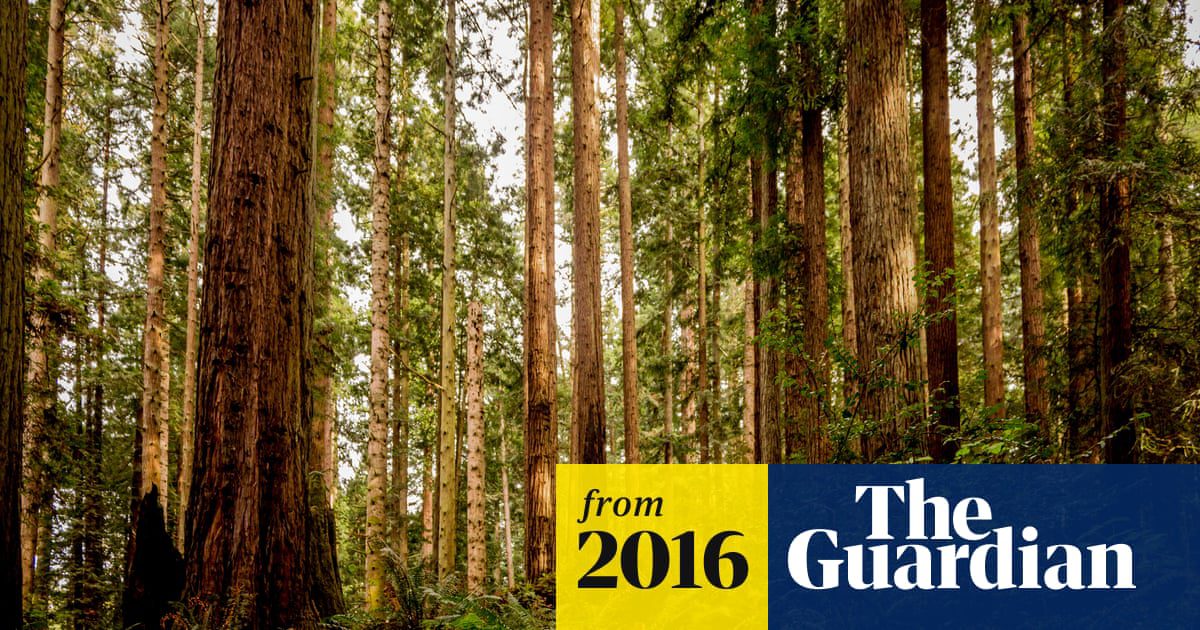The content discusses the unique features and roles of the redwood trees and the Great Barrier Reef as guardians of nature’s majesty. The redwood trees, found in California, are known for their height and lifespan, providing habitat for various species and contributing to climate regulation, air quality improvement, and water conservation. They hold cultural significance and inspire artists and poets. The Great Barrier Reef, located in Australia, is the largest coral reef system, supporting diverse marine life. It is a breeding ground for many species and acts as a nursing ground for juvenile organisms. However, it faces threats from climate change and pollution, emphasizing the need for conservation efforts. Both ecosystems play vital roles in maintaining the planet’s health and inspire a deeper connection with nature.
The Redwood Trees vs. the Great Barrier Reef: Guardians of Nature’s Majesty
Introduction
Nature is a magnificent force that never fails to awe us. It manifests its grandeur in diverse forms and places, two of which are the redwood trees and the Great Barrier Reef. These natural wonders hold immense importance, not only ecologically but also in their ability to captivate and inspire mankind. Let us explore the unique features and roles these guardians of nature’s majesty play in our world.
The Redwood Trees
The redwood trees, native to the coastal regions of California, are renowned for their extraordinary height and lifespan. These ancient giants, reaching heights of over 300 feet, are considered the tallest living organisms on Earth. Their towering presence evokes a sense of awe and provides a habitat to various species of plants and animals.
Ecological Significance
The redwood forests regulate local climate, improve air quality by absorbing carbon dioxide, and contribute to water conservation. Their thick bark protects against wildfires and encourages forest regeneration. These magnificent trees also play a crucial role in preventing soil erosion and sedimentation of rivers and streams.
Cultural and Symbolic Importance
The redwood trees hold immense cultural significance for the Native American tribes of California. They are seen as a symbol of endurance, wisdom, and strength. Furthermore, these majestic trees have inspired countless poets, artists, and travelers throughout history, drawing attention to the importance of preserving these awe-inspiring guardians of nature.
The Great Barrier Reef
The Great Barrier Reef, located off the northeastern coast of Australia, is the world’s largest coral reef system. Spanning over 2,300 kilometers, it is a captivating underwater wonderland that supports an incredible diversity of marine life. Its vibrant coral formations and abundant marine species make it one of the most ecologically significant ecosystems on our planet.
Biodiversity Hotspot
The Great Barrier Reef is home to thousands of species of coral, fish, turtles, and marine mammals. It provides essential breeding grounds for many threatened species and acts as a nursing ground for juvenile organisms. The sheer biodiversity of the reef showcases the complexity and resilience of these underwater ecosystems.
Protection and Preservation Challenges
Unfortunately, the Great Barrier Reef faces numerous threats, such as climate change, ocean acidification, and pollution. Rising sea temperatures have led to coral bleaching events, causing widespread damage to this fragile ecosystem. The deterioration of the reef highlights the urgent need for global conservation efforts and policies to tackle these challenges.
Comparisons and Contrasts
Diversity and Scale
Both the redwood forests and the Great Barrier Reef possess incredible diversity in terms of species and habitats. However, their scales differ vastly. While the redwood trees establish towering forests on land, the Great Barrier Reef flourishes underwater, encompassing thousands of coral structures and supporting a vast array of marine life.
Impact on Climate and Conservation
The redwood forests act as carbon sinks, absorbing large amounts of carbon dioxide and helping regulate the local climate. On the other hand, the coral formations of the Great Barrier Reef provide protection to coastal areas, mitigating the impacts of storms and buffering against erosion. Both ecosystems require urgent conservation efforts to combat the threats they face and preserve their unique roles in maintaining our planet’s health.
Cultural and Inspirational Significance
The redwood trees have left an indelible mark on human culture and have inspired countless individuals across generations. The Great Barrier Reef, with its breathtaking beauty and captivating marine life, also serves as a source of inspiration for artists, scientists, and nature enthusiasts from around the world. Both natural wonders hold immense value in stirring our imagination and fostering a deeper connection with nature.
Conclusion
The redwood trees and the Great Barrier Reef exemplify the awe-inspiring power and beauty of nature. While the redwood trees stand tall, symbolizing resilience and strength on land, the Great Barrier Reef mesmerizes with vibrant underwater life. Both ecosystems highlight the delicate balance of nature and the urgent need for their preservation. As guardians of nature’s majesty, they remind us of the importance of taking positive action to protect these natural wonders and ensure their legacy for generations to come.
